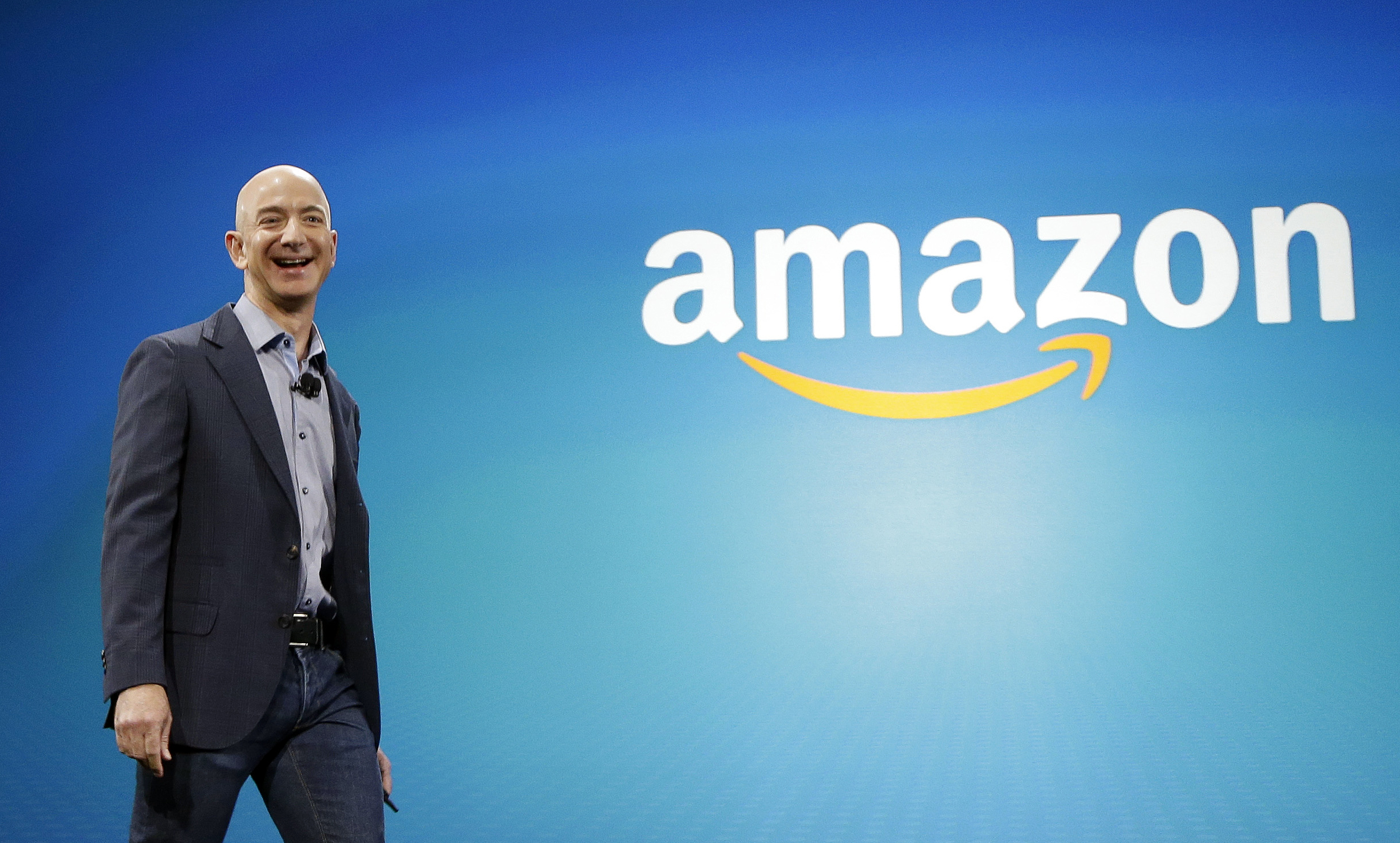AI in retail: First-movers and laggards

A rtificial Intelligence means more responsive and interactive customer service and fast and reactive automation of supply chain management.
The technology has the power to transform the omnichannel retail experience, its supporters claim. Why, then, aren’t more companies getting onboard?
It should be noted there are traditional retailers such as Walmart, which has acquired Jet.com (an Amazon competitor), ShoeBuy, Moosejaw, Bonobos and a number of other new entrants, that have moved quickly toward digital transformation.
Is @Bonobos about to join @ModCloth, @shoebuy and MooseJaw under the @Walmart umbrella? https://t.co/1gJVAIAsl8
— Twitter Moments (@TwitterMoments) April 15, 2017
Yet many others are often slow to adopt the newest technology. There are several reasons for this:
- In terms of AI, the technology is still in its infancy and requires a lot of R&D work to quantifiably demonstrate its value. The big retailers have time to look at the early adopters such as Amazon to see what areas merit investment.
- There are no ready solutions on the market to provide holistic AI services; most AI solutions are bespoke, thus requiring a dedicated team. Classic companies do not hurry to hire such teams internally without a clear ROI.
- The quality of machine learning strongly depends on the quality of the data input, which often requires additional efforts to modernize and optimize the approach to data management.
Laggards take note. “99 percent of AI applications in the modern world are about making the process more efficient, to help humans do what machines do better, and to improve the quality of decisions made by a human,” said Igor Kaufman, AI Technology Consultant at technology consultancy DataArt.
“With huge amounts of data about the customer, retailers can make a connection with the client, creating a personalized experience.”
Amazon Go can be viewed as the flagship of AI adaptation in retail. The Seattle-based cashier-less convenience store opened its doors to the public earlier this year, following a nearly 14-month trial involving employees at Amazon’s HQ.

Amazon CEO Jeff Bezos walks onstage. Source: AP
In his annual letter to shareholders, Amazon boss Jeff Bezos said:
“Since opening, we’ve been thrilled to hear many customers refer to their shopping experience as “magical.” What makes the magic possible is a custom-built combination of computer vision, sensor fusion, and deep learning, which come together to create Just Walk Out shopping. With JWO, customers are able to grab their favorite breakfast, lunch, dinner, snack, and grocery essentials more conveniently than ever before.”
Amazon’s warehouses are also equipped with robots that move the shelves, saving as much as 75% of space compared to warehouses that have a solely human workforce, observed Kaufman. However, he added, human employees are still essential to prep ingredients for the kitchen, cook food and advise on merchandise.
“According to a survey commission by Adweek on how consumers felt about AI in stores, more than 65% of consumers don’t want robots to replace associates in offline stores,” he said. “After all, the areas in which emotional intelligence is required will not be automated in the foreseeable future.”










